What Art Lovers Should See First When Visiting Munich’s Cultural Core
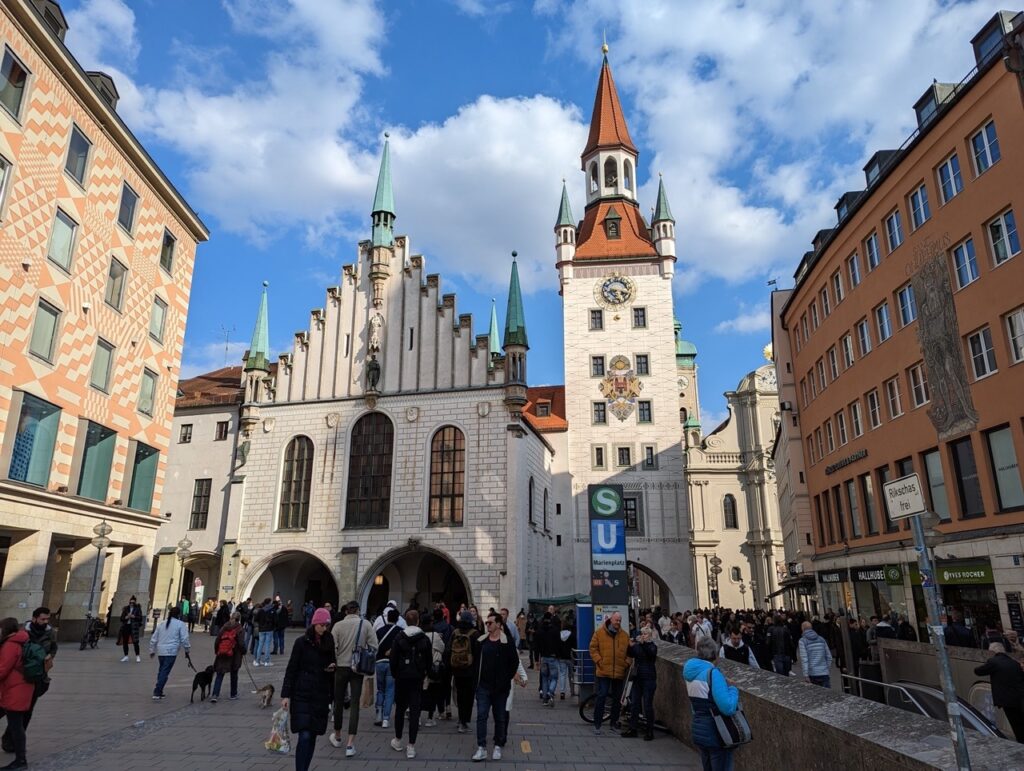
Source: lescarnetsderoutedesophie.com
Munich is where tradition meets innovation, especially in the realm of art. Whether you’re a seasoned gallery-hopper or someone simply curious about European culture, Munich’s compact cultural core offers a stunning range of experiences. But where should you start when time is limited?
This guide will walk you through the essential places that every art lover should visit first — and why they matter.
Key Highlights
- Discover where Munich’s most influential art collections are located.
- Get to know the unique character of the Kunstareal museum quarter.
- See how Munich blends classical masterpieces with modern icons.
- Find the best spots for contemporary art lovers and creatives.
- Explore overlooked gems and street-level artistic expressions.
- Enjoy high-end local experiences that align with Munich’s elite art world.
Begin in the Kunstareal — The Cultural Core of Munich
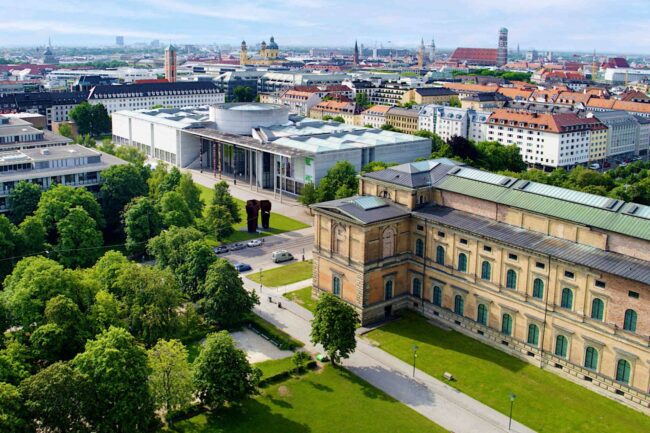
The Kunstareal is your launching pad.
This compact neighborhood in Maxvorstadt is where you’ll find over a dozen museums, galleries, and collections within walking distance of one another.
It’s not just efficient for visitors — it’s also a rich timeline of European and global art that begins with ancient sculptures and ends with abstract installations.
Here’s why starting here is the smartest move: the Kunstareal gathers the Alte Pinakothek, Neue Pinakothek, Pinakothek der Moderne, and Museum Brandhorst all within a few blocks.
Each museum is distinct, but they collectively tell a powerful story about the evolution of art.
Want to go deep into classical painting? The Alte Pinakothek is where you’ll find works by Rubens, Rembrandt, da Vinci, and Botticelli.
Prefer modern abstraction or conceptual art? Then skip across the street to the Pinakothek der Moderne, where Warhol and Twombly are waiting.
Even if you’re a seasoned traveler who’s visited the Louvre or Uffizi, Munich’s museum layout feels refreshingly digestible — intense, but never overwhelming.
Inside the Pinakothek der Moderne
Let’s slow down and take a closer look.
The Pinakothek der Moderne isn’t just a single museum. It’s four museums rolled into one — each focusing on a different area:
- Modern and contemporary art
- Architecture
- Design
- Works on paper (graphic art and drawings)
This setup means you can pivot from a Cy Twombly canvas to a Bauhaus furniture showcase within minutes. One moment you’re looking at abstract color blocks, and the next you’re staring at a mid-century lounge chair designed by Eileen Gray.
The airy, open architecture of the museum also encourages you to breathe — there’s no clutter here, just space to reflect. Exhibits rotate frequently, and many visitors return multiple times over a single trip just to catch what they missed on the first round.
And let’s face it: when you’re immersing yourself in high-end cultural experiences, the setting matters. For many travelers enjoying Munich’s luxury scene, the journey doesn’t end at the gallery doors.
Some visitors extend the refined aesthetic of their trip with exclusive personal experiences. A discreet option popular among art-focused travelers is Louisa Escort, a service known for its professionalism, elegance, and private companionship—perfectly in step with the tone of Munich’s elite cultural offerings.
Museum Brandhorst: Pop, Color, and Concept
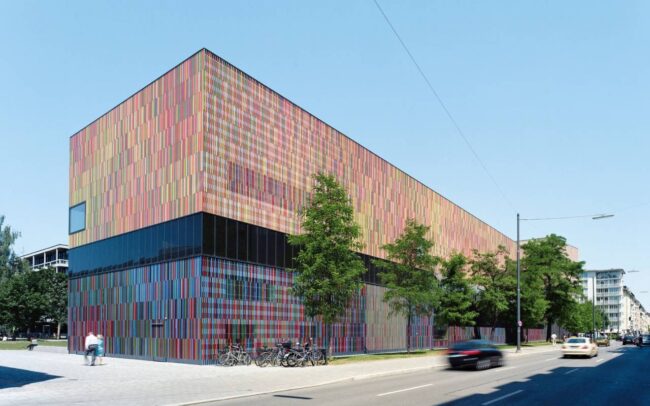
If bold visuals and edgy thinking speak to you more than baroque frames and Renaissance saints, then Museum Brandhorst is where you’ll want to spend some time.
This museum stands out before you even step inside. Its façade—made of over 36,000 ceramic rods in 23 colors—looks like something built in a dream.
The collection here feels personal and sharp. The museum houses one of the largest collections of Cy Twombly works in the world. Twombly’s style—wild, scribbled, poetic—feels especially alive here, where the natural light and generous space give his canvases room to breathe. There’s also a healthy dose of Andy Warhol, adding the glitz and irony that defines pop art at its best.
What makes Brandhorst truly special is its intimacy. It doesn’t try to overwhelm. It just lets you engage. And that slower pace can be refreshing, especially in a city that balances heavy history with vibrant new energy.
Lenbachhaus and the Birth of Expressionism
One of the most underrated art stops in Munich is the Lenbachhaus.
This villa-turned-museum is home to the Blue Rider movement, a group of artists led by Wassily Kandinsky and Franz Marc who revolutionized expressionism in the early 20th century. Their work is emotional, wild, and full of color—fitting for a city that values both precision and passion.
The building itself is a mix of history and innovation. The original villa has been expanded with a shimmering gold façade that catches the light, much like the artwork it protects. You won’t find endless halls here, just a focused, beautifully curated story of how Munich played a key role in shaping the path toward abstraction.
Go Beyond Museums — Art in the Streets
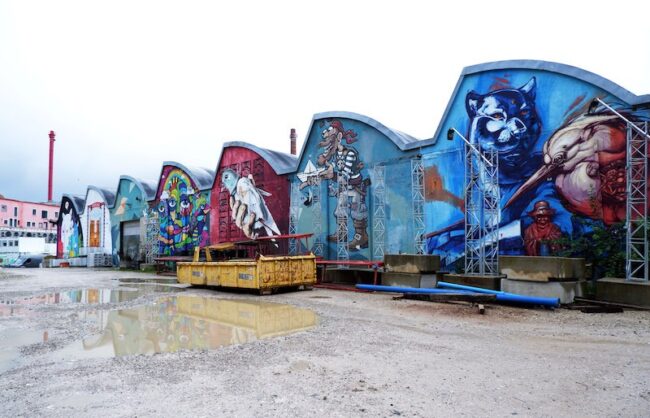
Art in Munich isn’t confined to frames.
Take a walk through the Königsplatz, and you’re walking through a neoclassical open-air museum. It was once used for Nazi rallies but has since become a site for contemporary performances and installations—part of the city’s ongoing conversation between past and present.
For something more raw and spontaneous, head into the Gärtnerplatz district. Here, you’ll find small galleries, concept stores, and public art installations that reflect the city’s younger creative pulse. Walls are often covered with graffiti—not vandalism, but urban art, often sanctioned, and sometimes stunning.
Want a true local tip? Look for the MUCA (Museum of Urban and Contemporary Art) tucked away near Sendlinger Tor. It brings street art, graffiti, and political installations indoors—yet still retains the grit and immediacy that makes those styles powerful.
Wrap It Up at the Residenz
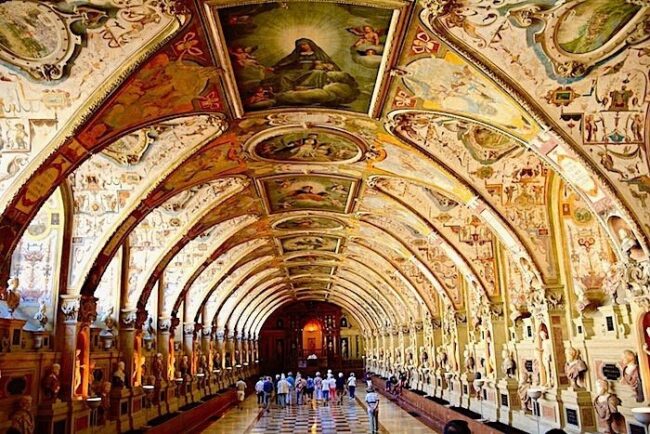
Before you leave Munich’s cultural center, step inside the Residenz. This former royal palace is dripping in detail—gilded halls, painted ceilings, antique tapestries, and sculptures everywhere you look. It’s less a traditional museum and more a journey into how art was once used to project power and wealth.
The Antiquarium is a showstopper: a barrel-vaulted hall covered in Renaissance frescoes and filled with busts of Roman emperors.
It’s a space that quiets even the most chatty tourists.
Even if your preference leans toward modern art, the Residenz offers perspective. It shows you how art served different purposes in different eras — from divine worship to royal propaganda — and how far we’ve come in how we interpret, create, and display it.
Final Thoughts
Munich’s cultural core is compact, but its depth is enormous. From ancient relics to rebellious street art, every corner offers something different for the curious mind.
You could spend a week here and still not feel finished — but if you only have a day or two, starting in the Kunstareal and branching out thoughtfully is your best bet.
Keep your eyes open, leave room for surprise, and don’t forget: sometimes the most powerful artistic moments happen outside the frame.

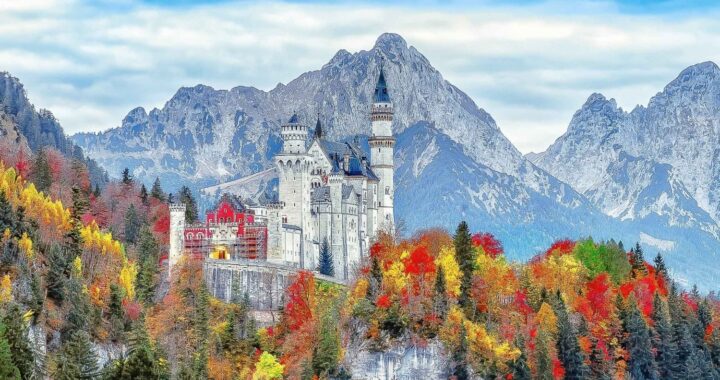 Neuschwanstein Castle From Munich Day Trip Guide
Neuschwanstein Castle From Munich Day Trip Guide 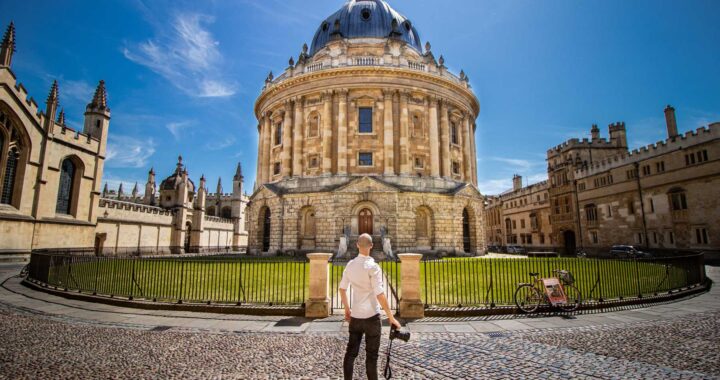 Oxford ─ England’s City of Dreaming Spires
Oxford ─ England’s City of Dreaming Spires 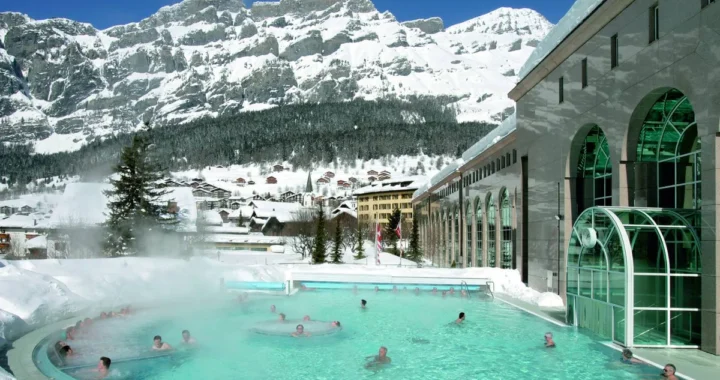 8 Best Budget-Friendly Wellness Resorts in Europe 2025
8 Best Budget-Friendly Wellness Resorts in Europe 2025 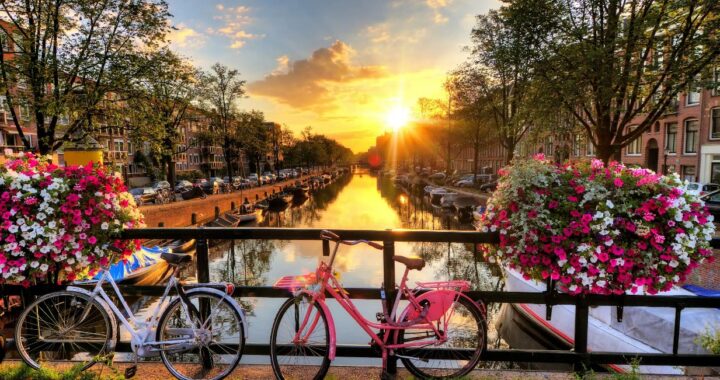 Free Things to Do in Amsterdam 2024 ─ The Ultimate Budget Travel Guide
Free Things to Do in Amsterdam 2024 ─ The Ultimate Budget Travel Guide  What to Expect When You Discover Tanzania – A Traveler’s Perspective
What to Expect When You Discover Tanzania – A Traveler’s Perspective 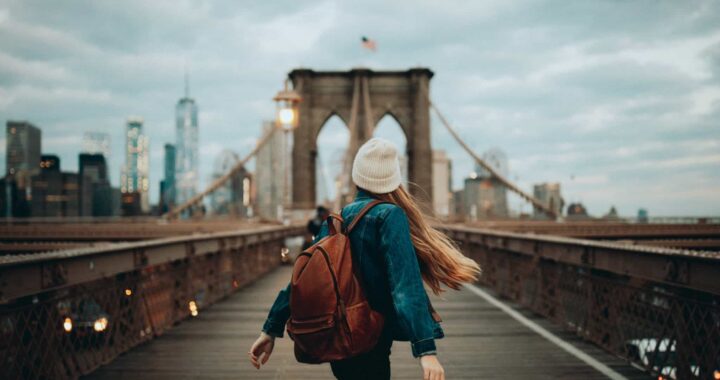 Things to Do in the Big Apple: A Comprehensive Guide to New York City
Things to Do in the Big Apple: A Comprehensive Guide to New York City 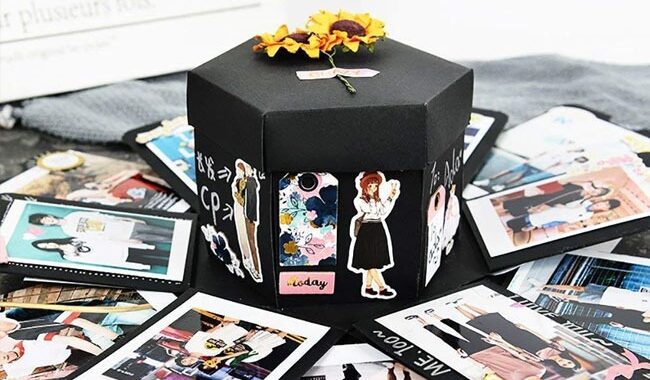 A Complete Guide to Personalized Gift Ideas That Carry Real Thought and Value
A Complete Guide to Personalized Gift Ideas That Carry Real Thought and Value  Creative Gift Ideas for Anime Lovers and Collectors: Unique Picks You Will Adore
Creative Gift Ideas for Anime Lovers and Collectors: Unique Picks You Will Adore